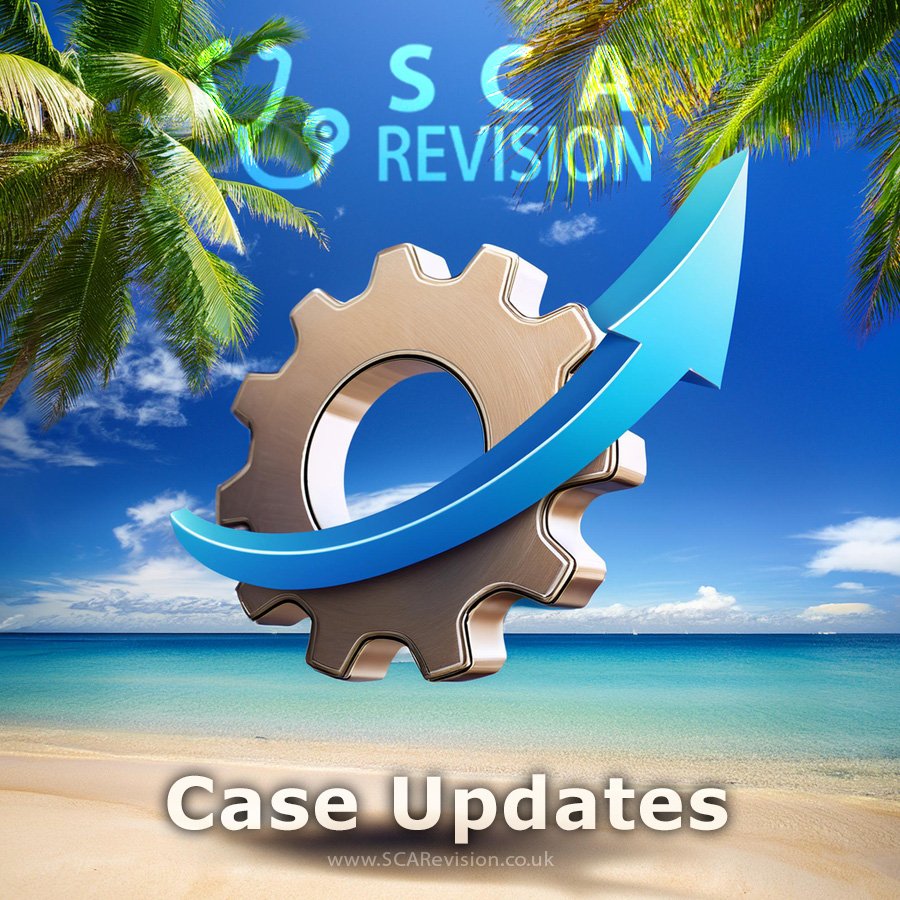Updates to Older Cases
Changes to Migraine in 12 or over
Several important updates and refinements were made to align the original text with the most current NICE guidance (as of June 2025). The main changes include:
Red-flag criteria were reorganised and grouped more clearly under clinical themes (e.g. intracranial pathology, focal deficits, high-risk populations) to improve clarity and practical use in primary care.
Headache type descriptors were updated with precise diagnostic language and definitions for chronic versus episodic forms, reflecting the latest guideline classifications.
Migraine aura criteria were clarified in line with NICE’s definition (fully reversible, develops over ≥ 5 minutes, lasts 5–60 minutes).
Acute migraine treatment recommendations were reordered into a stepwise approach, including the updated use of nasal triptans as first-line for ages 12–17, and emphasising the off-label status of certain drugs.
Preventive treatment was expanded to include current guidance on medication choices (e.g. CGRP inhibitors, acupuncture) and warnings (e.g. topiramate pregnancy precautions, propranolol overdose risk).
Medication-overuse headache management was more explicitly outlined, including abrupt withdrawal recommendations, follow-up intervals, and when to consider specialist input.
Information and support content was broadened to emphasise the importance of written resources, the impact of headaches on quality of life, and self-management strategies.
These changes ensure consistency with the 2025 NICE guideline while improving clarity, safety, and clinical utility.
Consequently, we have updated two of our anxiety cases to reflect this new guidance:
Changes to Anticholinergic Burden Case
A new section was added to summarise the latest NICE (NG226, 2024) guidance on falls assessment, replacing outdated recommendations.
The key update is that formal falls-risk prediction tools should no longer be used; instead, clinicians should routinely ask about falls and identify those needing a comprehensive assessment based on clear criteria (e.g., frailty, injuries, recurrent falls, or inability to get up). The description of comprehensive falls assessment was updated to reflect the recommended domains (cardiovascular exam, medication review, gait/balance, vision, cognition, etc.), and new guidance was incorporated on targeted interventions, such as progressive strength-and-balance exercise programmes, OT-led home hazard interventions, and structured medication review.
The management section was corrected to note that furosemide is not anticholinergic, but may still increase falls risk of falls through hypotension and nocturia.
Changes to Gambling Case
In line with current NICE guidance on gambling disorders, the assessment section of this case has been expanded to include more risk factors and adverse outcomes associated with gambling

